1. Introduction to Poultry Feed Grinder
A Poultry Feed Grinder is one of the most essential machines in the poultry feed processing industry. It is designed to reduce the size of raw materials—such as corn, wheat, soybean meal, rice husk, and other grains—by grinding them into fine powder suitable for poultry feed formulation. In modern poultry farming, the uniformity and fineness of feed directly impact nutrient absorption, feed conversion ratio (FCR), growth performance, and overall health of poultry.
Feed grinders are commonly used in:
Poultry farms
Small and large-scale feed mills
Agricultural cooperatives
Animal research institutions
Integrated poultry production companies
Grinding is the first and most important step in producing high-quality poultry feed pellets. Without proper grinding, pellet mills cannot form solid, nutritious pellets. Therefore, a high-quality poultry feed grinder is indispensable for any efficient Feed Production Line.
This guide provides a comprehensive explanation of Poultry Feed Grinders, including technical specifications, features, benefits, applications, working principles, user instructions, maintenance guides, troubleshooting, and FAQs—all optimized for Google SEO.
2. Technical Parameters of Poultry Feed Grinder
Specifications vary among manufacturers, but the following are common values used in feed production.
2.1 Production Capacity
Small feed grinder: 100–500 kg/h
Medium grinder: 500–2000 kg/h
Large hammer mill: 2–12 tons/h
2.2 Motor Power
2.3 Rotor Speed
2.4 Grinding Fineness
Adjustable by changing screens:
0.8 mm
1.0 mm
1.5 mm
2.0 mm
3.0 mm
4.0 mm
2.5 Applicable Raw Materials
Corn
Maize
Wheat
Soybean meal
Sorghum
Barley
Rice husk
Fish meal
Bone meal
2.6 Voltage
2.7 Weight
Small model: 50–120 kg
Medium model: 200–500 kg
Large model: 800–2500 kg
3. Structure of Poultry Feed Grinder
A poultry feed grinder typically includes the following components:
3.1 Feeding Hopper
Controls steady material feeding into the grinding chamber.
3.2 Grinding Chamber
Contains:
Rotor
Hammers
Grinding plates
Screens
3.3 Hammers
Made of high-strength alloy steel; rotate at high speed to crush raw material.
3.4 Screen Mesh
Determines final powder size.
3.5 Cyclone or Dust Collector (optional)
Reduces dust and increases collection efficiency.
3.6 Motor
Powers the rotor and hammers.
3.7 Discharge Outlet
Collects finely ground powder for mixing or pelletizing.
3.8 Safety System
Includes overload protection, emergency stop, and guards.
4. Features of Poultry Feed Grinder
4.1 High Grinding Efficiency
Efficient crushing ensures high throughput and uniform size distribution.
4.2 Adjustable Fineness
Different screens allow precise control of powder size for chicks, layers, or broilers.
4.3 Durable Construction
Made with heavy-duty steel frames and hardened hammers.
4.4 Low Power Consumption
High-efficiency motor reduces energy usage.
4.5 Wide Raw Material Compatibility
Can grind various grains, meal, husks, and agricultural waste.
4.6 Easy to Operate
Simple feeding structure and user-friendly control panel.
4.7 Low Noise and Dust
Cyclone dust collectors reduce noise and air pollution.
4.8 Automatic or Manual Feeding Options
Depending on the production scale.
4.9 Long Service Life
Wear-resistant components ensure long-term operation.
5. Advantages of Poultry Feed Grinder
5.1 Improves Feed Digestibility
Finer raw materials improve nutrient absorption.
5.2 Enhances Feed Conversion Ratio (FCR)
Better grinding means more efficient poultry growth.
5.3 Ensures Pellet Quality
Pellet mills require finely ground material to produce dense pellets.
5.4 Reduces Feed Waste
Uniform size reduces sorting behavior in poultry.
5.5 Saves Feed Cost
Grinding raw ingredients onsite is much cheaper than buying commercial feed.
5.6 Supports Large-Scale Production
High-capacity grinders meet the needs of industrial feed mills.
5.7 Flexible Operation
Suitable for multiple feed formulas and animal types.
5.8 Easy Maintenance
Quick replacement of screens and hammers.
6. Application Scenarios
6.1 Poultry Farms
Daily feed preparation for broilers, layers, breeders.
6.2 Feed Production Factories
Large feed mills use industrial hammer mills.
6.3 Small and Medium Farms
Use small grinders for producing feed powder.
6.4 Agricultural Cooperatives
Centralized feed grinding saves cost for local farmers.
6.5 Animal Research Institutions
Research centers use grinders for experimental feed formulations.
6.6 Livestock Farms
Not only for poultry—can be used for:
Cattle
Sheep
Goats
Rabbits
Fish (special screens)
6.7 Pellet Production Lines
Grinding is the first step in:
7. Working Principle of Poultry Feed Grinder
The working process is as follows:
Step 1: Feeding
Raw materials enter the hopper and move into the grinding chamber.
Step 2: Hammer Crushing
High-speed rotating hammers strike the material repeatedly.
Step 3: Particle Size Reduction
Material impacts the hammers, grinding plates, and screen.
Step 4: Screening
Small particles pass through the screen; larger ones remain until finely crushed.
Step 5: Discharge
Finished powder exits through the outlet for mixing or pelletizing.
8. How to Use Poultry Feed Grinder
8.1 Pre-operation Checklist
Ensure power cable is secure
Lubricate bearings
Check hammer and screen condition
Remove metal pieces or stones from raw material
8.2 Operating Steps
Turn on the motor
Start feeding raw material gradually
Adjust feeding speed for stable grinding
Monitor powder fineness through the discharge outlet
Allow machine to run empty for 1 minute before stopping
Turn off power
8.3 Post-operation
9. Maintenance Guide
9.1 Daily Maintenance
Remove dust and powder residues
Lubricate bearings and shaft
Ensure all bolts are tight
9.2 Weekly Maintenance
9.3 Monthly Maintenance
Replace worn hammers
Inspect motor bearings
Check V-belt tension
9.4 Screen Maintenance Tips
10. Common Problems and Troubleshooting
Problem 1: Low Grinding Efficiency
Cause: Worn hammers or clogged screen
Solution: Replace hammers; clean screen
Problem 2: Machine Overheating
Cause: Overloading or poor lubrication
Solution: Reduce feed rate; lubricate bearings
Problem 3: Uneven Powder Size
Cause: Incorrect screen size
Solution: Install appropriate screen
Problem 4: Excessive Noise
Cause: Loose bolts or damaged hammers
Solution: Tighten bolts; replace hammers
Problem 5: Motor Overload
Cause: Feeding too fast
Solution: Reduce feed speed
Problem 6: Machine Vibrates
Cause: Unbalanced rotor
Solution: Reinstall or repair rotor
11. Frequently Asked Questions (FAQ)
Q1: What raw materials can a poultry feed grinder handle?
Corn, wheat, soybean meal, rice husk, fish meal, bone meal, and other grains.
Q2: What screen size is best for chicken feed?
Chicks: 0.8–1.5 mm
Broilers: 1.5–2.0 mm
Layers: 2.0–3.0 mm
Q3: Can the grinder be used alone?
Yes, but it works best with mixers and pellet mills.
Q4: How often should I replace hammers?
Every 300–800 hours, depending on raw material hardness.
Q5: Does the machine require lubrication?
Yes, bearings must be lubricated regularly.
Q6: Can I grind wet materials?
No. Moisture must be below 15%.
Q7: Is a cyclone dust collector necessary?
Recommended for large models to reduce dust.
Q8: Can a grinder process feed for other animals?
Yes—simply change screens for:
Q9: Is the grinder difficult to operate?
No. Even beginners can operate it after simple training.
Conclusion
A Poultry Feed Grinder is a crucial machine in any Poultry Feed Production Line. It ensures the raw material is properly ground into uniform powder for improved digestibility, higher feed conversion ratio, and better poultry growth. Whether for small farms or large feed mills, poultry feed grinders deliver efficiency, performance, and cost savings.
Company Profile
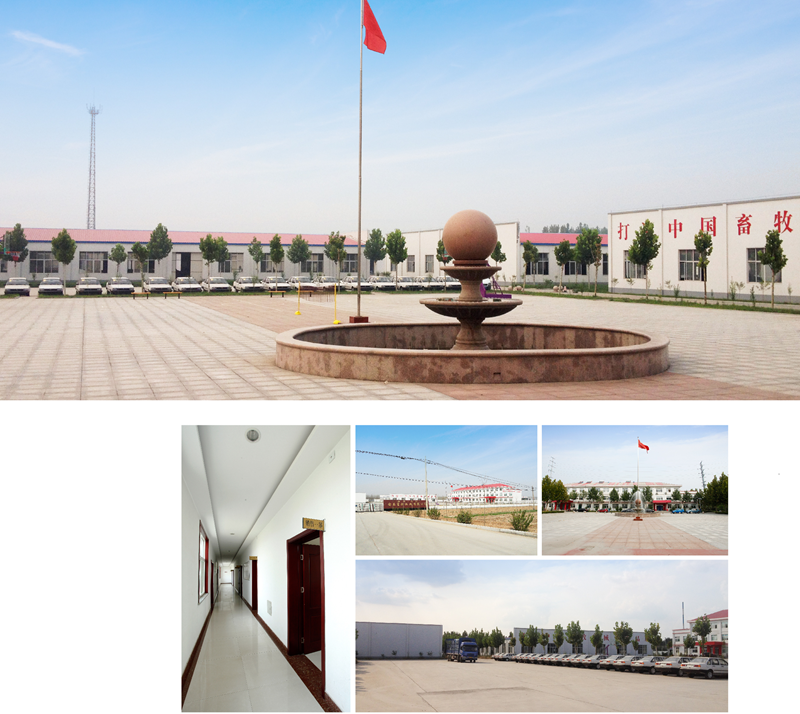
Shandong Huimin Qinle Livestock Machinery Co., Ltd. (formerly Shandong Huimin Qinle Livestock Machinery Factory) is a professional poultry equipment manufacturer with over 20 years of experience. We offer a comprehensive service package, from design (land and chicken coops), production (equipment and prefabricated steel coops), installation, commissioning, customer training, and after-sales service.
Located in Huimin County, Binzhou City, Shandong Province, China, the company has extensive experience in mechanical processing and manufacturing, as well as livestock machinery production and operation. With fixed assets of RMB 15 million, the company employs 160 people, including 30 R&D staff, and occupies a 40,000-square-meter factory. Equipped with over 110 pieces of advanced precision production equipment, including CNC machining centers and laser cutting machines, the company boasts a production capacity of RMB 50 million.
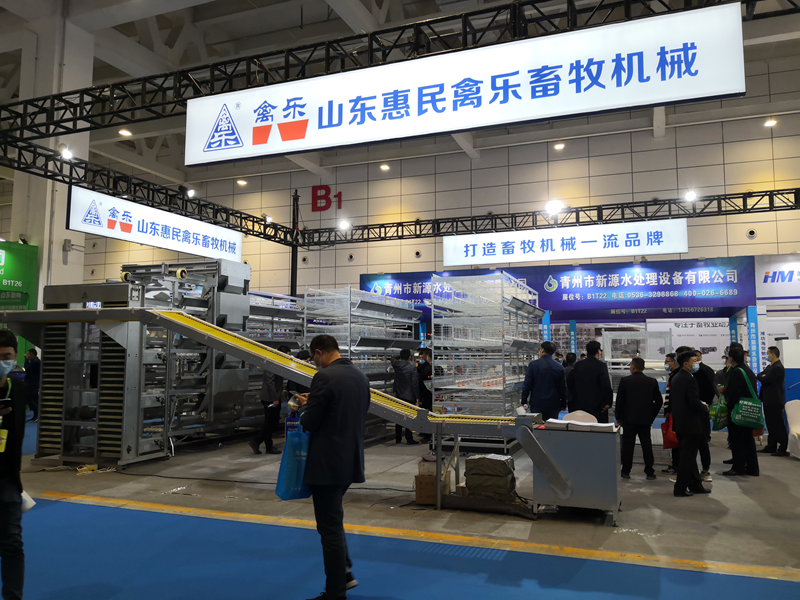


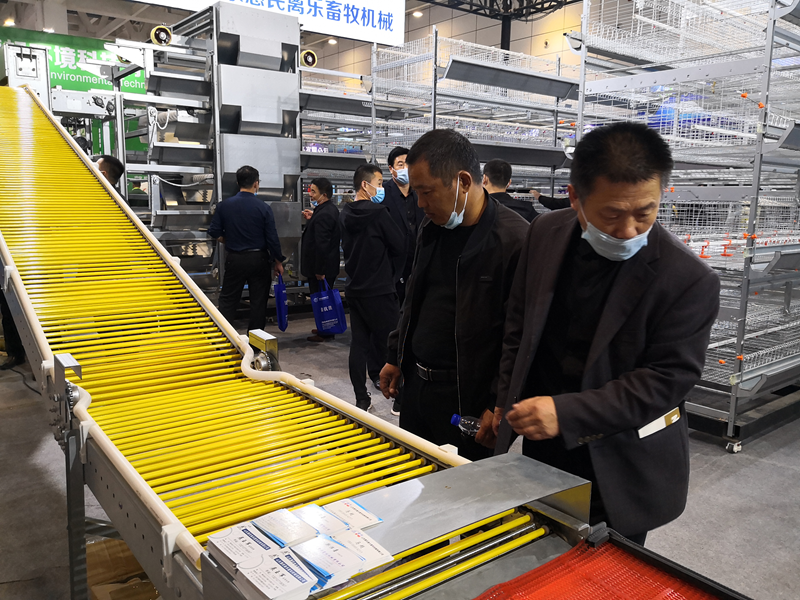
Chicken Farming Equipment Mesh Production Workshop

Machining Workshop

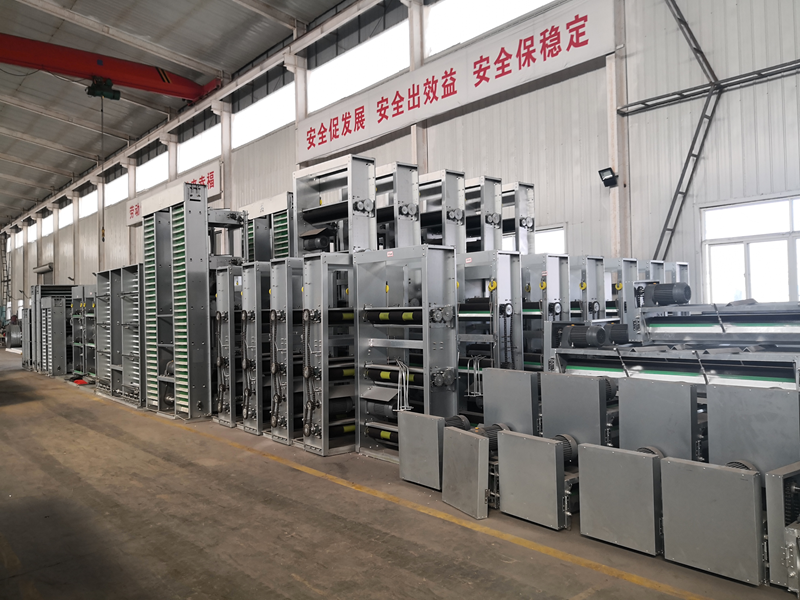
Turret-type CNC Punch Press, Laser Cutting and Other Machining Equipment



Fully Automated Roll Forming Production Line

Hot-dip Galvanizing Production Line

Electroplating Production Line

Environmental Protection Equipment

Chicken Farming Equipment Product Series
Egg-laying Hen Farming Equipment
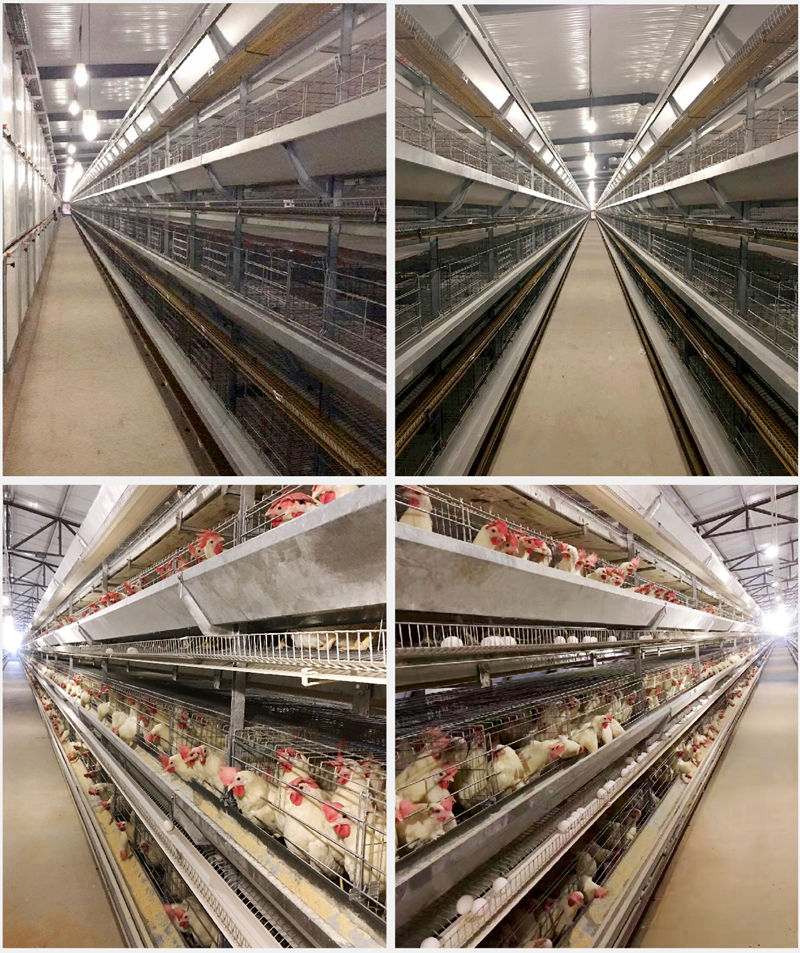
Stacked Brooding Cage Equipment

Stacked Broiler Cage Equipment
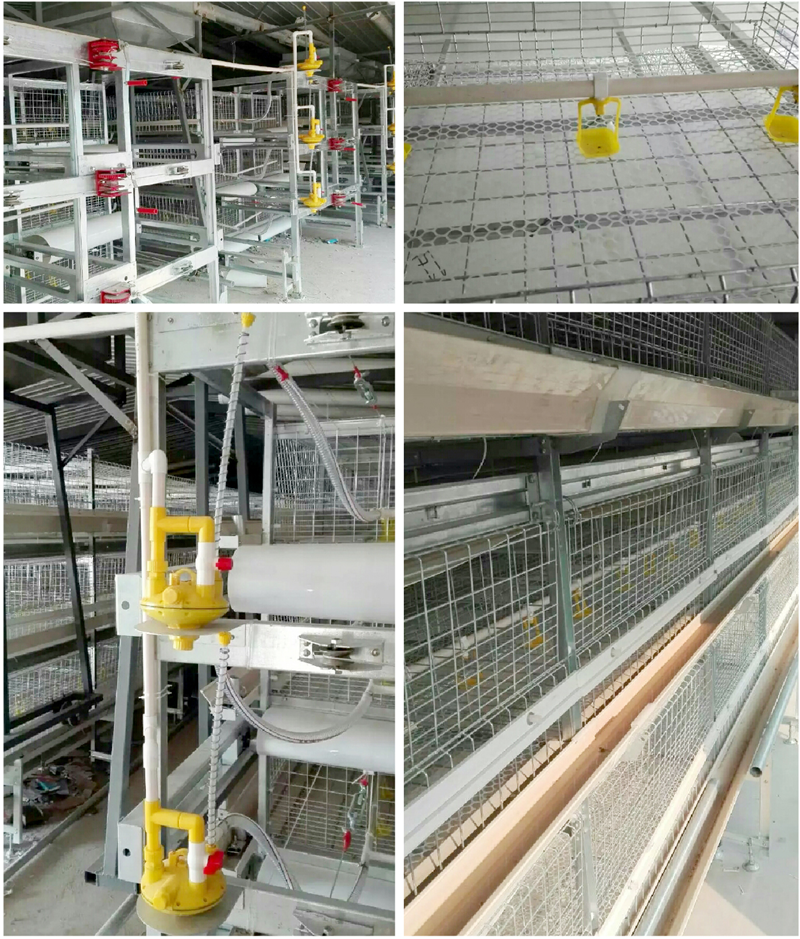
Stepped Layer Hen Cage Rearing Equipment
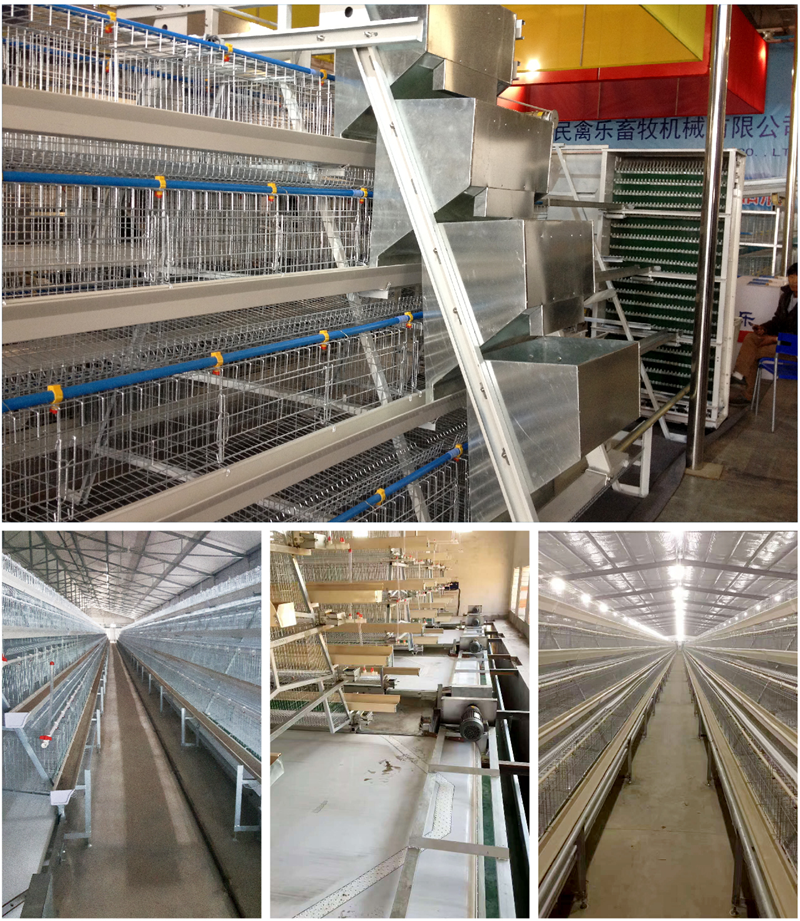
Automatic Egg Collection System

H-type Cage Feeding Machine
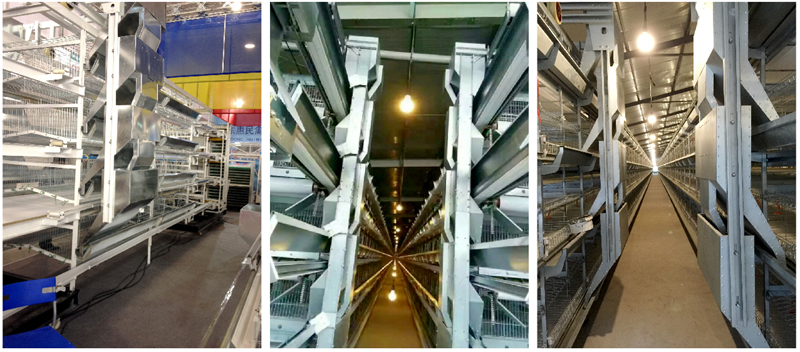
Stepped Cage Straddle Feeder
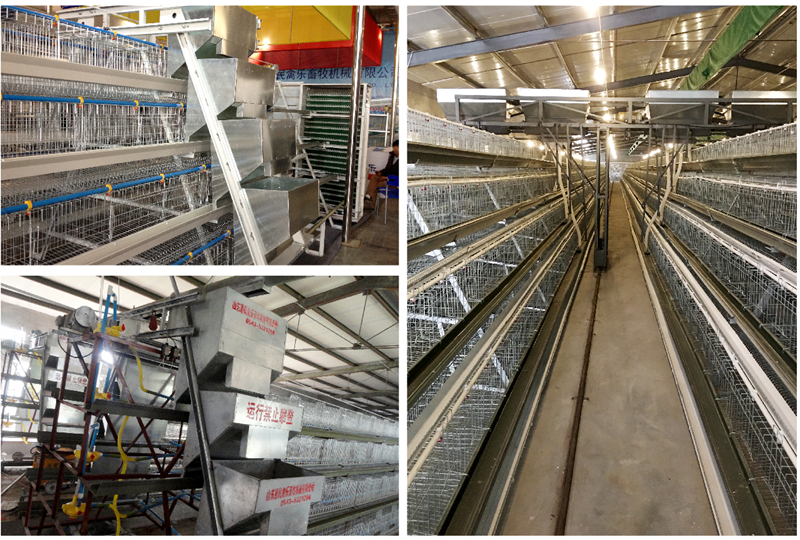
Manure Removal Machine

Fans, Heated Curtains, Environmental Control Systems, and Lighting Equipment
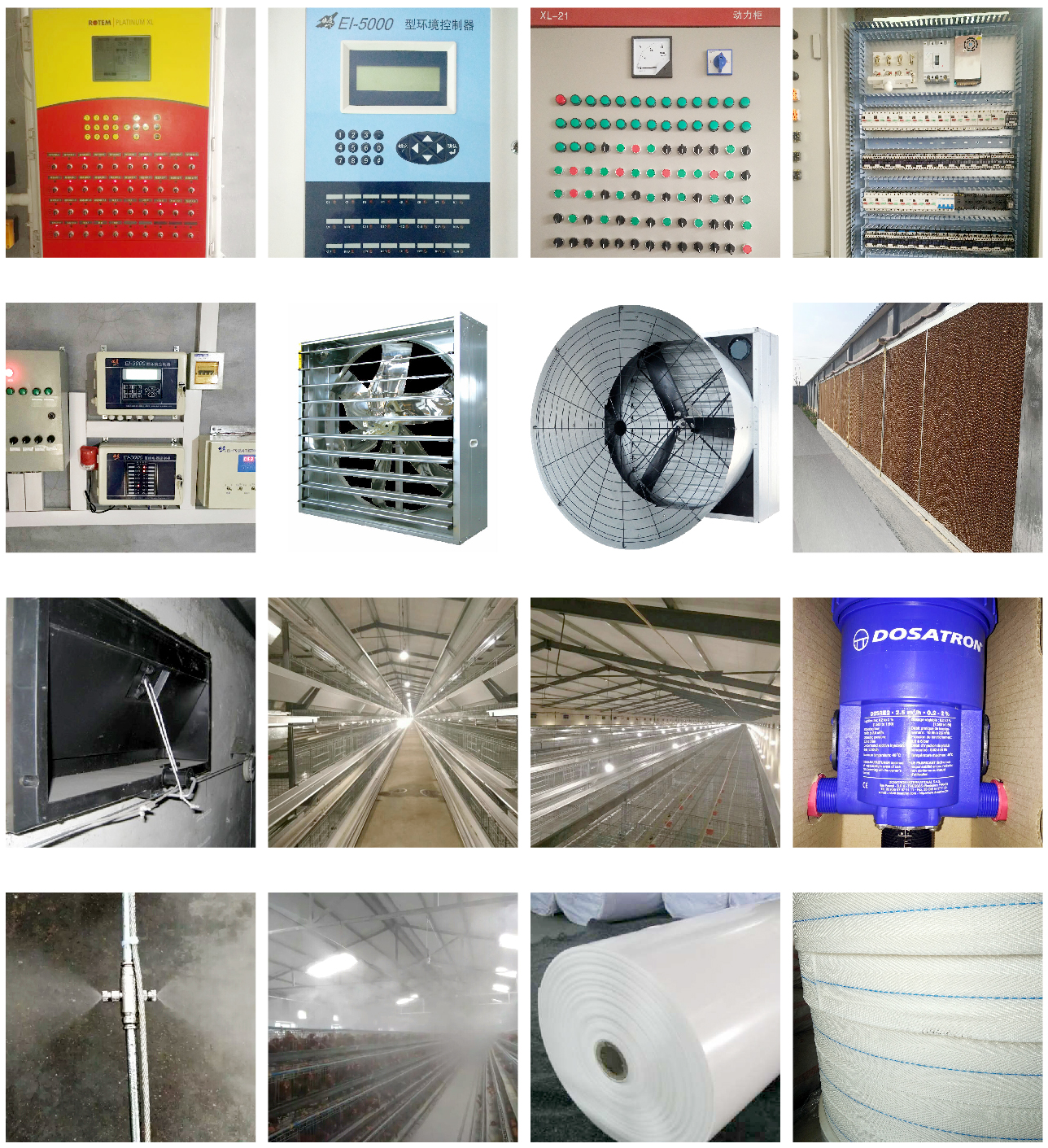
Complete Set of Equipment for Organic Fermentation Treatment of Manure


 Catalogue
Catalogue































 ada apa
ada apa Telepon
Telepon